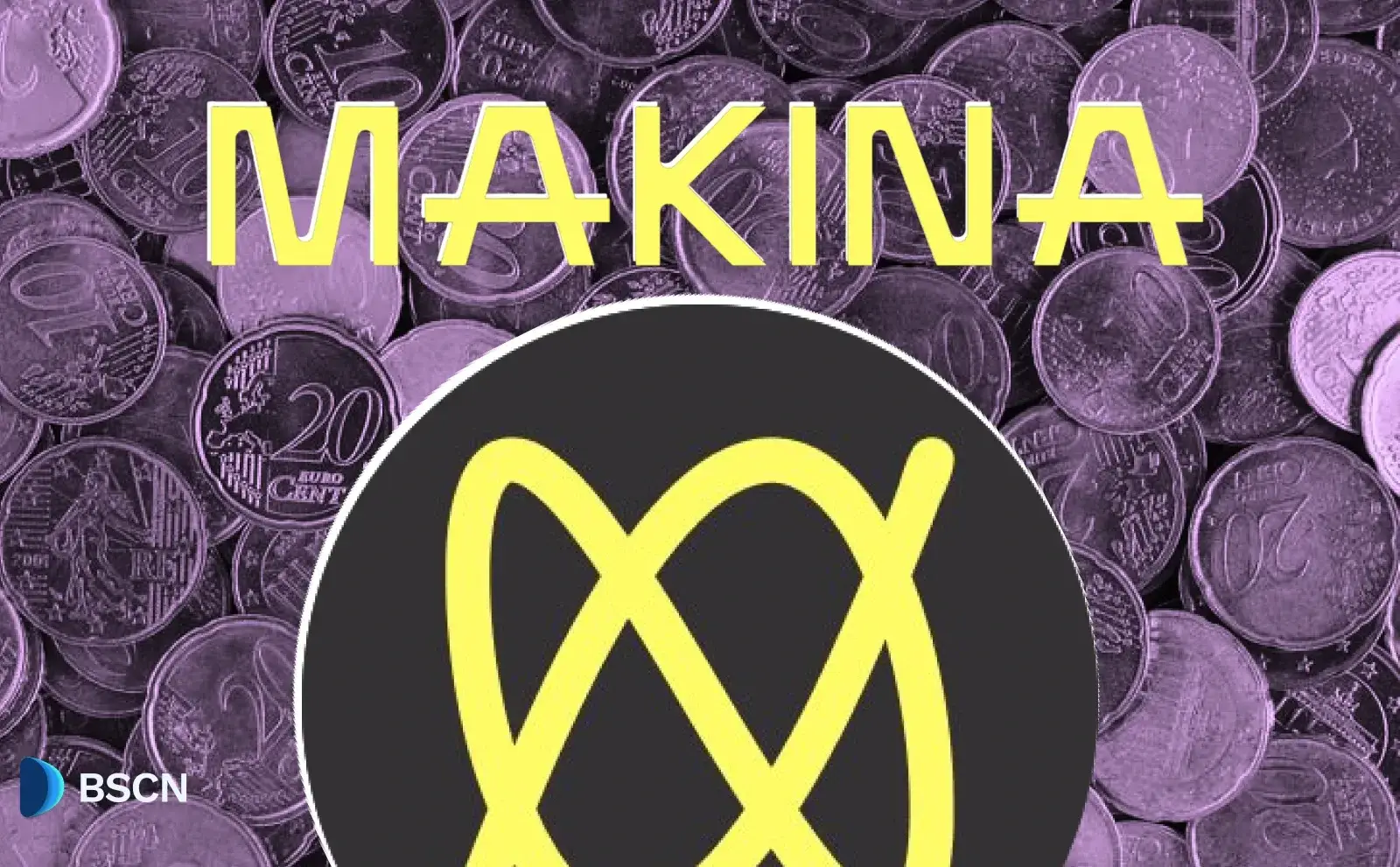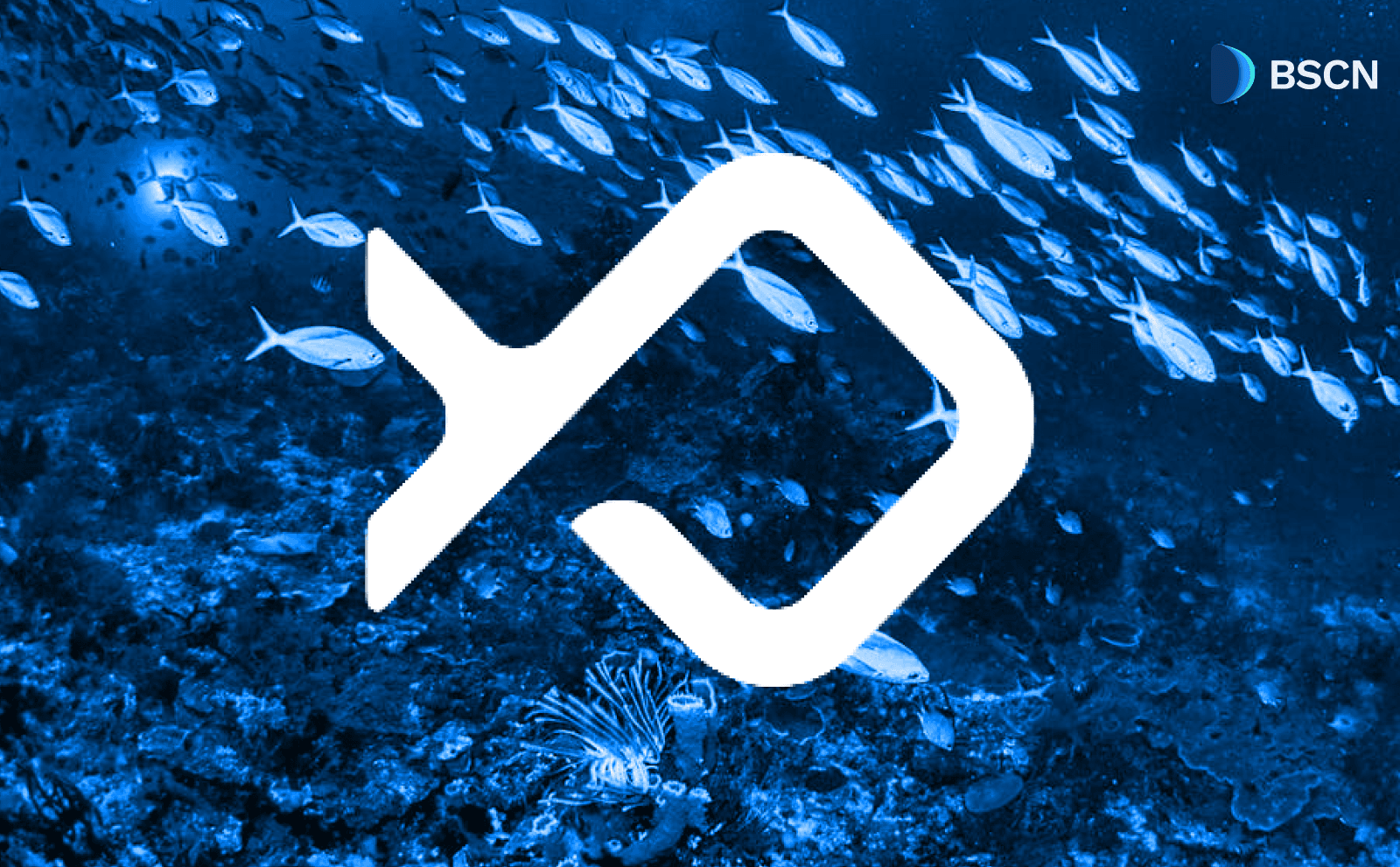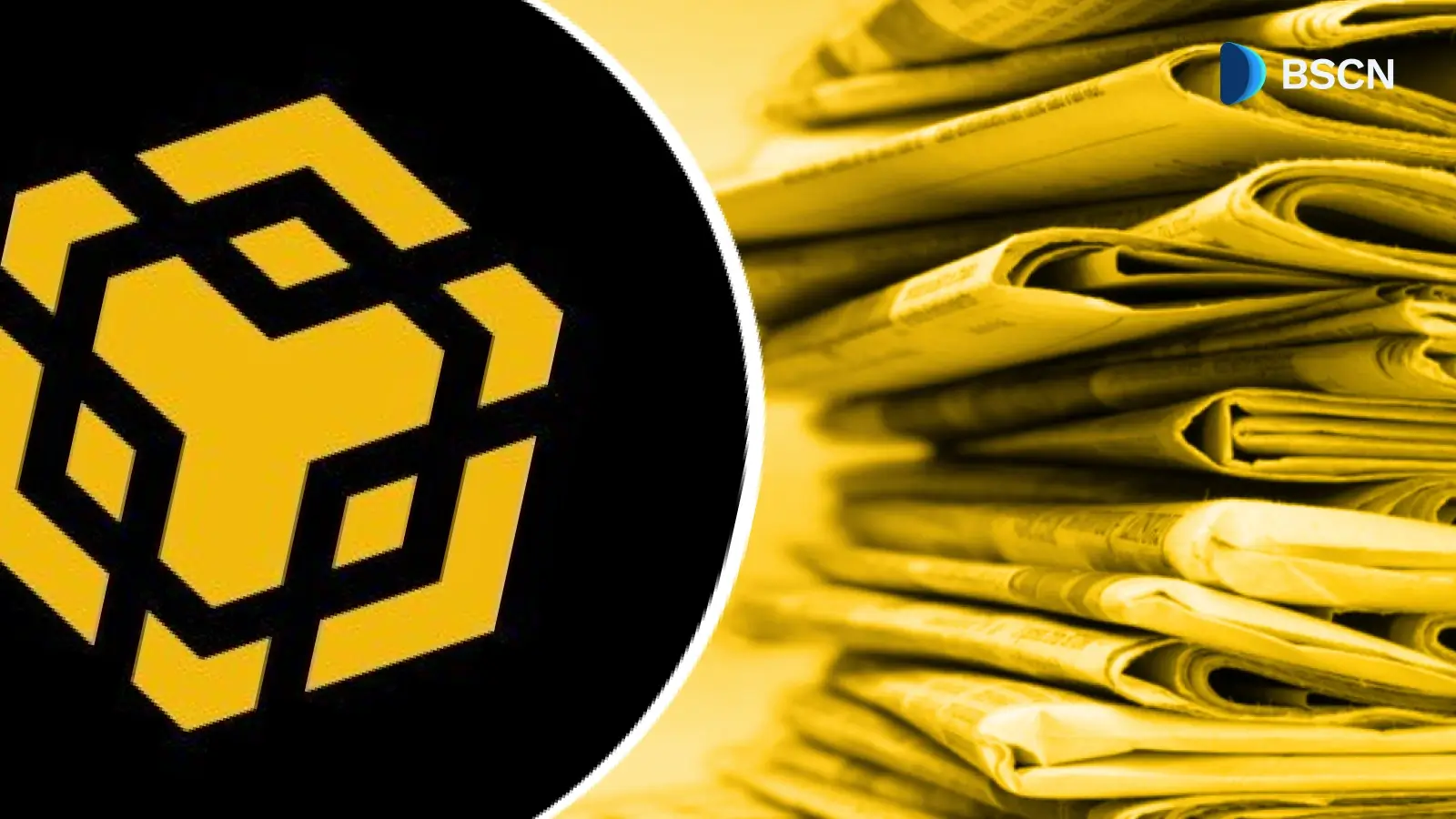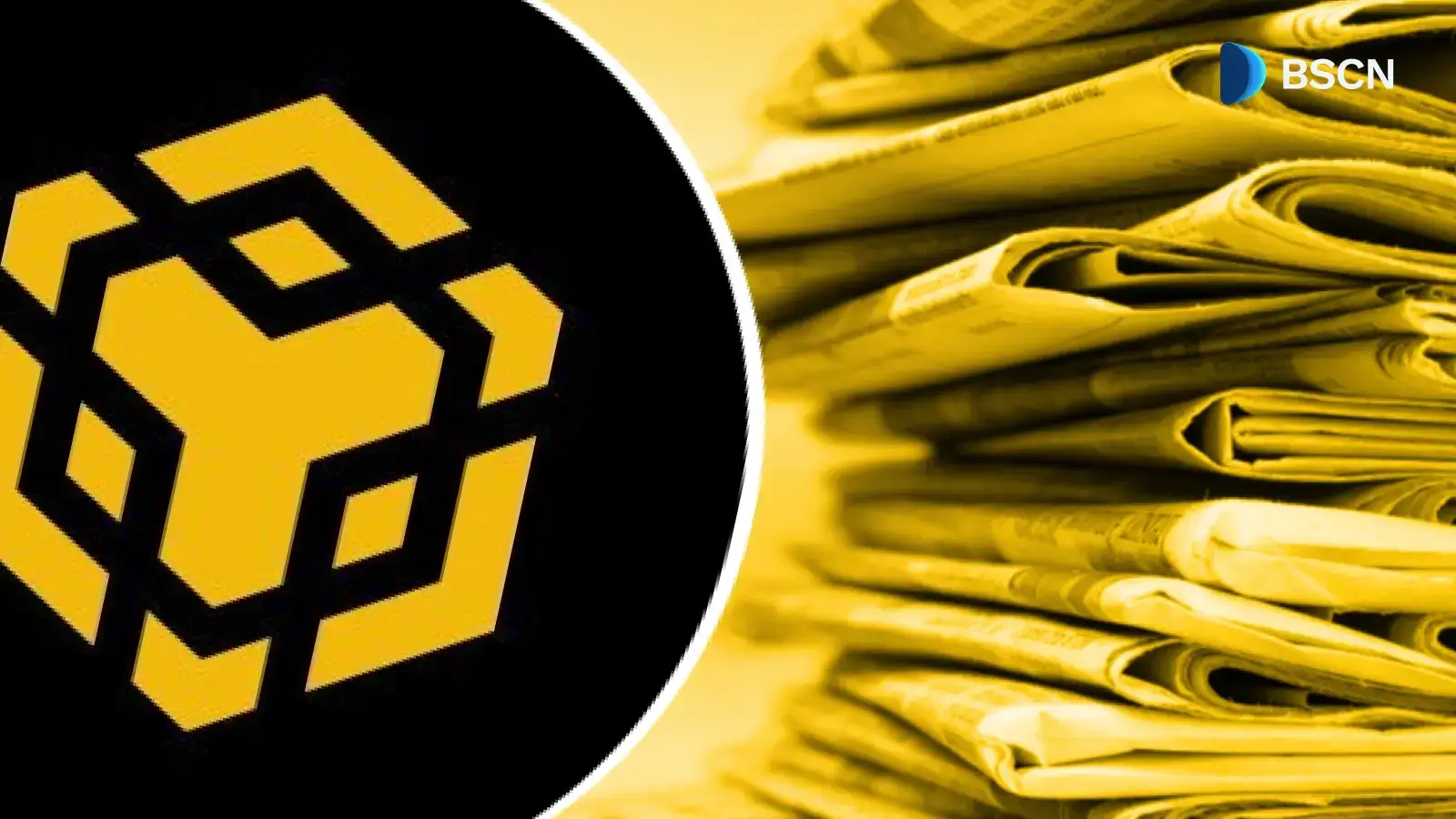Deepdive
(Advertisement)
What is Pendle Finance: A Game-Changer in DeFi?

At its core, Pendle redefines yield trading through tokenization, introducing a time-decaying Automated Market Maker (AMM) that optimizes returns and provides unmatched flexibility.
Soumen Datta
January 26, 2024
(Advertisement)
Table of Contents
DeFi protocols are constantly pushing boundaries to offer users more dynamic instruments. Pendle Finance is looking to make its mark in this space, pioneering yield tokenization on the Ethereum blockchain.
According to Pendle Finance, the protocol steps in to optimize investor returns with its unique approach.
Introduction to PendleFi
Pendle Finance emerges as a decentralized project on Ethereum, pioneering yield tokenization.
Pendle's Total Value Locked (TVL) has soared past $457.15 million, solidifying its position as a key player in the LSDFi narrative.

Binance's listing of PENDLE in its innovation zone catapulted Pendle into mainstream consciousness, even amidst predictable whale maneuvers during the initial retail release.
Pendle's approach to yield trading involves tokenizing yield through a unique time-decaying Automated Market Maker (AMM). This approach empowers users to trade yield tokens, earning fixed yields on their assets. With Pendle, principal, and yield are split through tokens, creating a unique asset management opportunity.
Understanding Pendle's Mechanism
Pendle operates as a permissionless yield trading protocol on the Ethereum blockchain. When users deposit assets, Pendle mints Principal Tokens (PT) representing the underlying asset and Yield Tokens (YT) representing its future yield. This approach reportedly allows users greater flexibility to manage their assets and engage in various yield strategies.
Further, in contrast to traditional AMMs, Pendle's AMM accounts for time decay, preventing potential financial losses due to mispriced assets. The model optimizes capital while increasing exposure to future yields through incremental adjustments that accurately price assets, ensuring liquidity pools remain robust.
PENDLE Token: Powering Pendle's Ecosystem
PENDLE, as Pendle's native token, serves as the backbone of the yield trading protocol. Users providing liquidity can lock up PENDLE, receiving vePENDLE tokens with both voting and economic power.
vePENDLE holders govern the platform, earning rewards from the 3% fee on all yield accrued by YT. Holding vePENDLE enhances rewards by up to 250%, fostering decentralization and rewarding loyal community members.
Tokenomics
With a maximum supply of 231,725,335 tokens, PENDLE follows a hybrid inflationary model. A revised token distribution allocates 65.1% to circulation, 19.2% to the ecosystem fund, 10% to incentives, and 5.7% to the team. Weekly emissions decrease until April 2026, ensuring a controlled supply.

Team and Funding
Pendle was conceived by anonymous individuals known as TN Lee, GT, YK, and Vu. Headquartered in South Korea, the project raised $3.7 million from prominent investors, including Bitscale Capital and Crypto.com Capital. Since its official launch in June 2021, Pendle has witnessed substantial growth in trading volume and TVL.
Pendle's Roadmap
Pendle stands out with its three components - yield tokenization, AMM, and governance. Within a year of launch, over $350 million in yield trades were settled. Pendle V2, released in late 2022, introduces fixed-rate trading, enhanced efficiency, and greater capital flexibility.
Future plans include permissionless integration with all yield-bearing assets, and aligning incentives for increased fees and liquidity.
Read Next...
Disclaimer
Disclaimer: The views expressed in this article do not necessarily represent the views of BSCN. The information provided in this article is for educational and entertainment purposes only and should not be construed as investment advice, or advice of any kind. BSCN assumes no responsibility for any investment decisions made based on the information provided in this article. If you believe that the article should be amended, please reach out to the BSCN team by emailing [email protected].
Author
 Soumen Datta
Soumen DattaSoumen has been a crypto researcher since 2020 and holds a master’s in Physics. His writing and research has been published by publications such as CryptoSlate and DailyCoin, as well as BSCN. His areas of focus include Bitcoin, DeFi, and high-potential altcoins like Ethereum, Solana, XRP, and Chainlink. He combines analytical depth with journalistic clarity to deliver insights for both newcomers and seasoned crypto readers.
(Advertisement)
Latest News
(Advertisement)
Crypto Project & Token Reviews
Project & Token Reviews
Comprehensive reviews of crypto's most interesting projects and assets
Learn about the hottest projects & tokens
Latest Crypto News
Get up to date with the latest crypto news stories and events

















